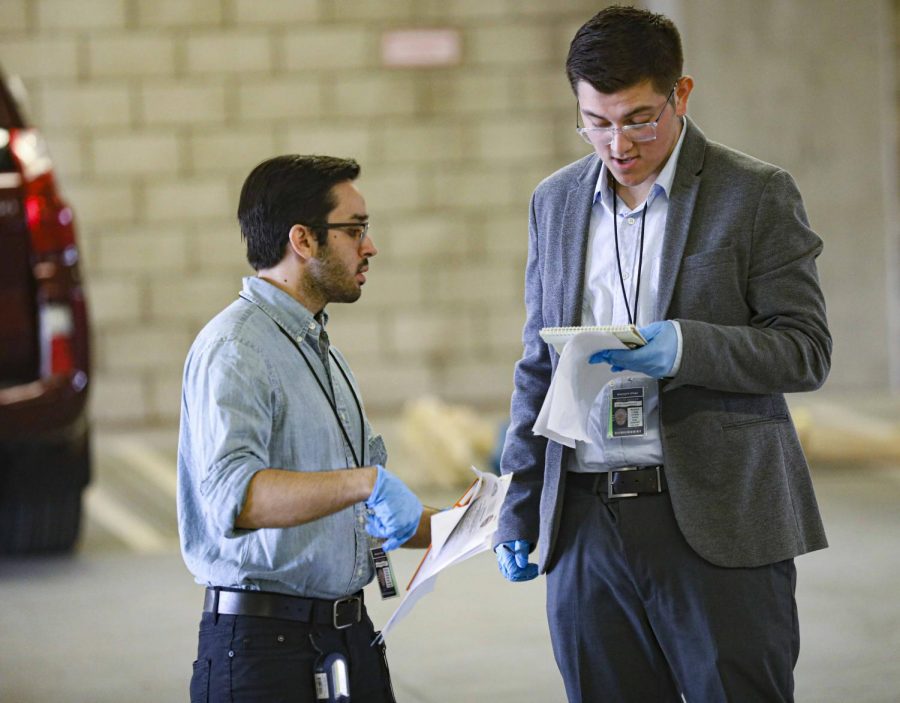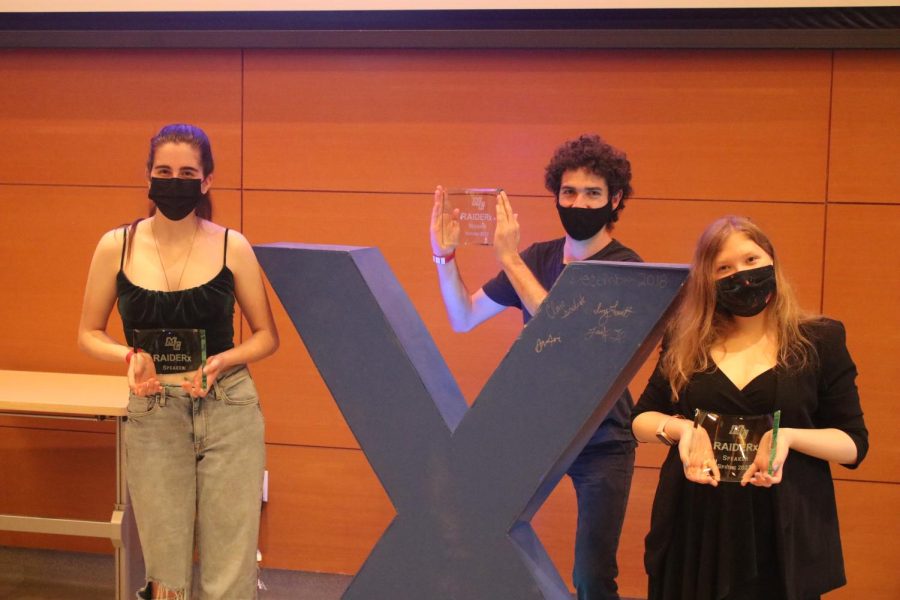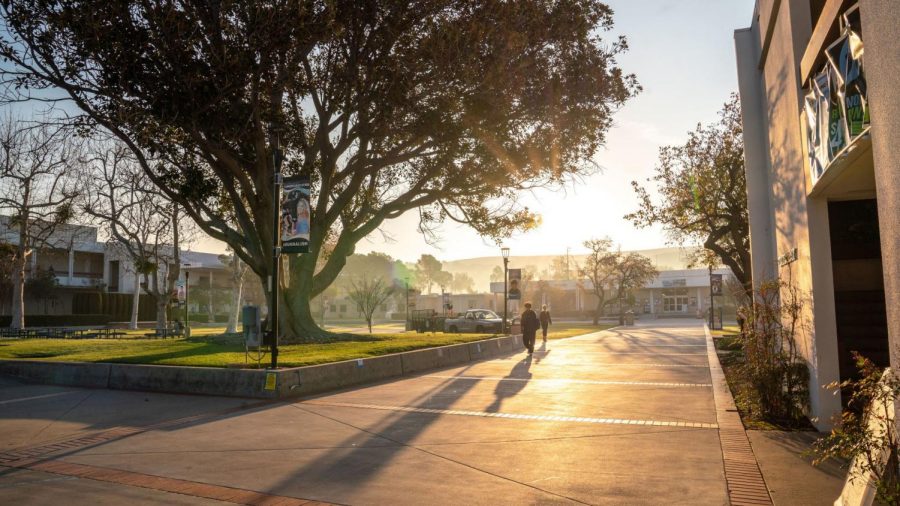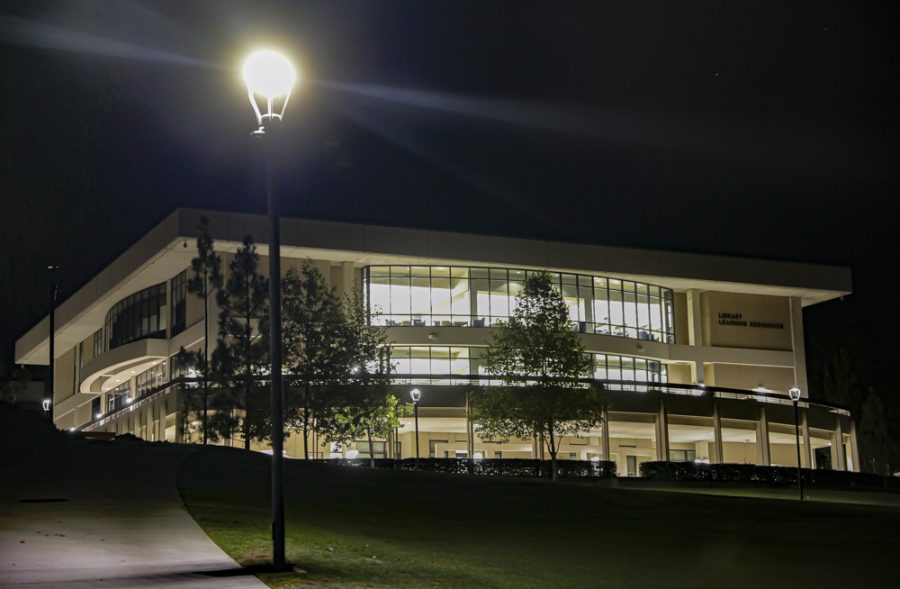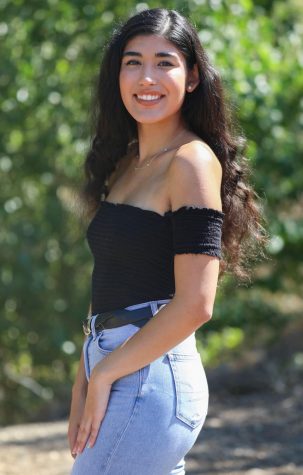On Nov. 5, Moorpark College’s Criminal Investigation class had the opportunity to become detectives and solve a murder.
The murder occurred on Nov. 5 close to 2 o’clock. Maddy Quinn, a mannequin dressed by the Production Makeup class, laid dead with a bullet wound to the head. The Theater Arts Department actors were crying hysterically and wandered around the scene of the crime. Detectives from the Criminal Justice Department entered the crime scene and immediately began the murder investigation.
The mock crime scene is a midterm assignment for the criminal investigation class, and this year’s scene was based off of the Mother’s Day murder. For the past five years, students have been given the opportunity to gain first hand experience, learn situational awareness and use proper legal procedures.
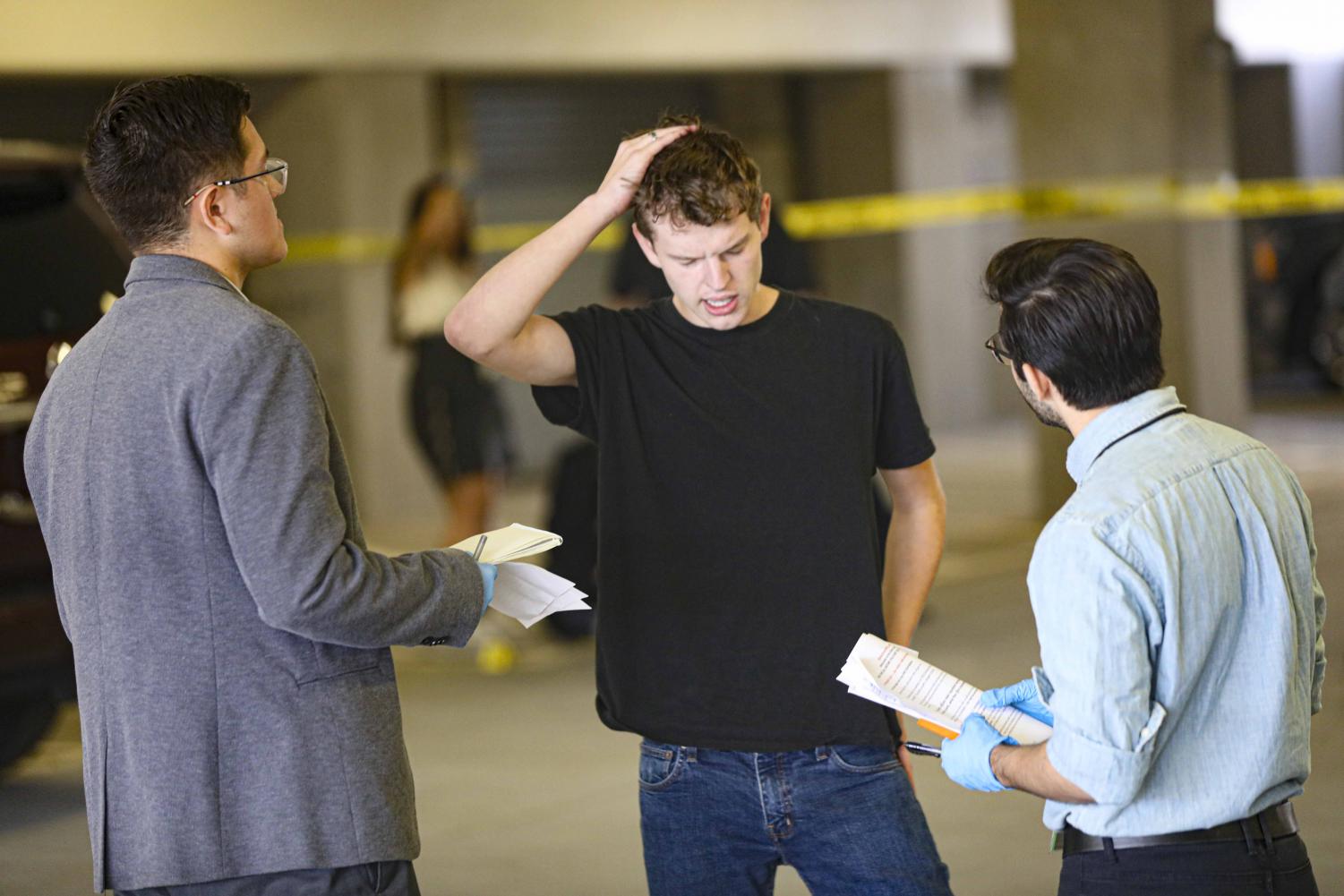
In lieu of a term paper, the detectives must compile a murder book with witness statements, suspect descriptions, crime scene details and reports. With only thirty minutes to process and only the 911 call to go off of, the students must gather as much information as possible.
Upon arriving to the scene the students were handed booties, badges and gloves. The detectives immediately set to work taking photographs, placing evidence number placards and interviewing everyone in the vicinity of the crime.
A distraught husband and multiple witnesses walked around the crime scene as they awaited questioning. Each actor was prepared to improv their character and give realistic answers to the detectives. These students were from Suzanne Fagan’s TA program, Theatre for Young Audiences.
“It’s very similar to if you work a murder mystery show. You don’t get a script you get a plot point, character description and witness information,” said TA Instructor Fagan.
Samuel Bailey, 19, engineering major, played Manfred Quinn, the murder victim’s husband. Prepared with a couple of facts and numbers, Bailey had to assess the scene as it was unfolding and base his emotions on that alone.
Media presence was also on the scene as reporters from the Journalism Department flooded the area. The Reporting and Writing for Media class were tasked with covering the crime scene as if it were the real deal.
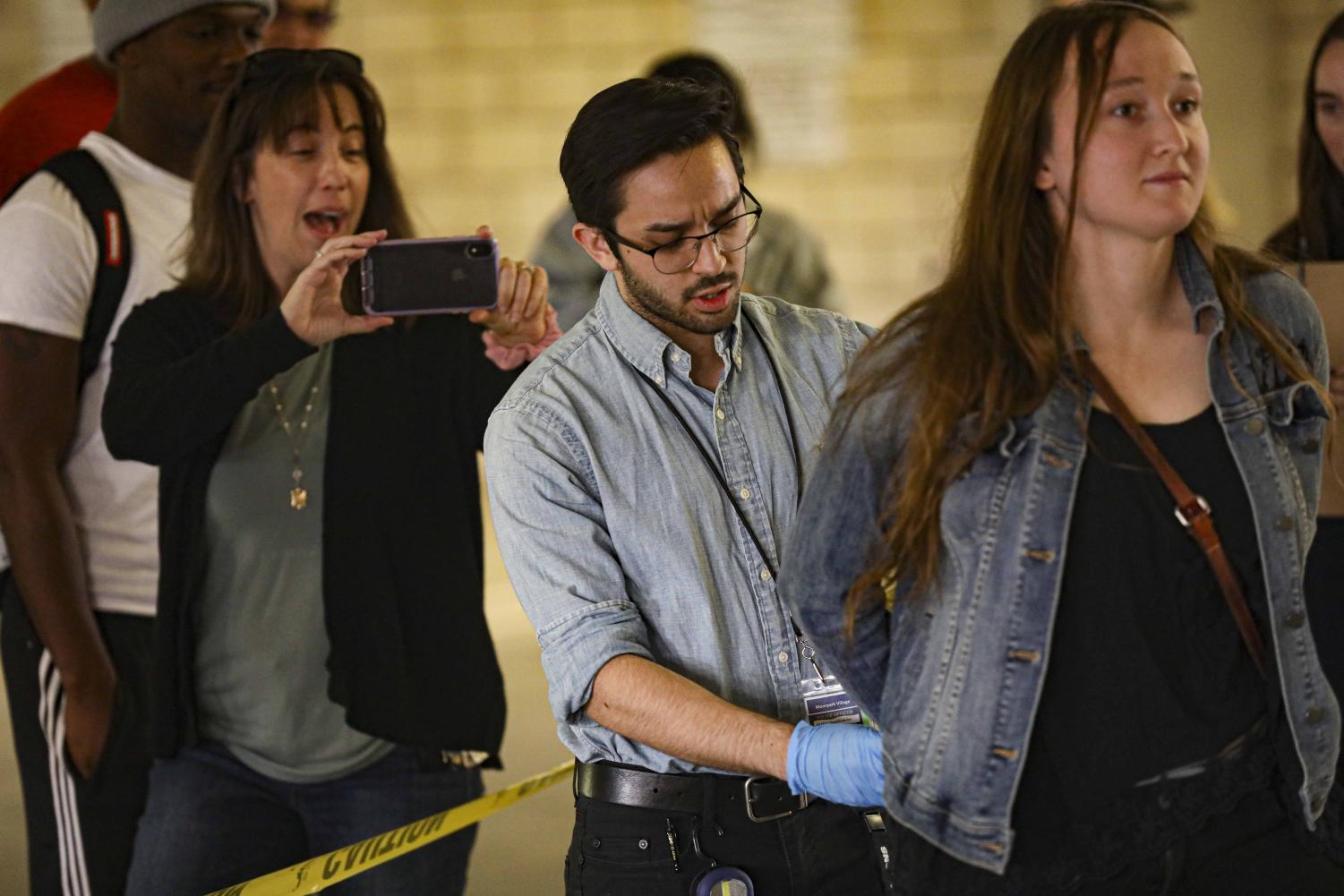
First responders and patrol were provided by the Introduction to Criminal Justice class. These students played paramedics and kept the crowd of curious onlookers at bay.
“I was impressed by the scale,” said mock detective Matthew Pringle, 22. “There was large amount of people and I couldn’t always tell who was who.”
The mock crime scene allowed students the opportunity to unveil the murder with all the tools they had learned thus far.
“This is what you do in a criminal investigation,” said Chris Korpas, 20, Criminal Justice major. “It felt too real. We just came down here and became detectives. I feel like I learned a lot more than in an actual classroom.”
Retired LAPD Captain, Professor Nick Zingo, implemented the murder book midterm and mock crime scene to give students insight on what goes on in a real-life criminal investigation.
The murder book is important not only for the current detectives working on the case, but future detectives will have detailed reports as well.
“Who would’ve thought DNA in the 70’s, 80’s and 90’s would crack cold cases today?” questioned Zingo who explained that even though law enforcement didn’t have the technology, they still took samples and recorded them in files.
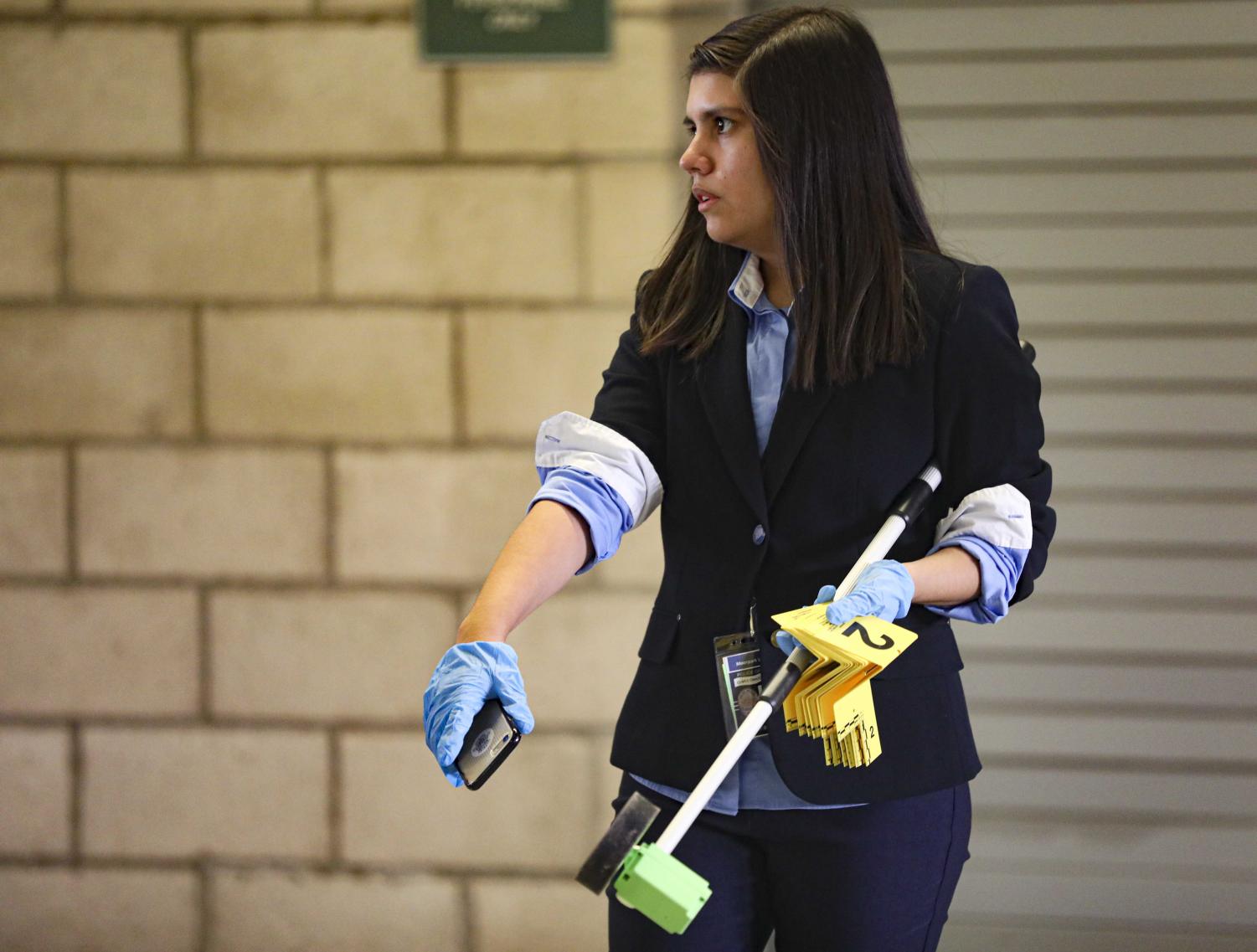
Two arrests were made on location and the student detectives will have the next couple of weeks to compile their data.
When the mock crime assignment was first introduced, the victim and scene was simple and laid out. Five years later, it has transformed into a complex murder investigation involving three different departments.
“This has always been a dream of mine,” expressed Zingo, who praised his students for their hard work.

